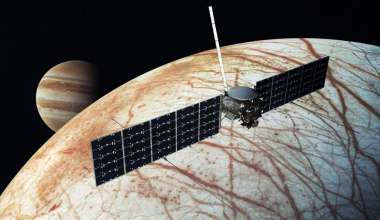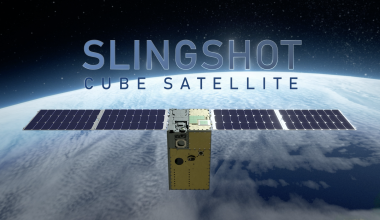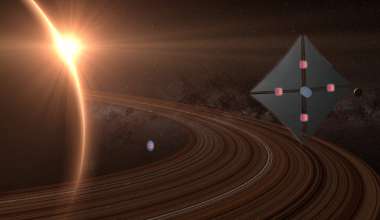Dr. Lynette Gelinas is a senior scientist in the Space Sciences Department at The Aerospace Corporation. Since joining Aerospace in 2005, her research interests have focused on the near-Earth space environment, including upper atmospheric waves and tides, atmospheric and ionospheric airglow phenomena, and ionospheric processes and dynamics. She is currently science co-investigator for a space-based OH airglow imager, the Near Infrared Airglow Camera (NIRAC), to be deployed to the International Space Station in early 2019 under the auspices of the DOD Space Test program. NIRAC observations will be used to study the global distribution of atmospheric gravity waves at mesospheric altitudes, where the OH airglow emission is brightest.
She has served as the Aerospace technical lead for calibration and validation of the UV remote sensing instruments on the DMSP F19 spacecraft. She helped develop space weather architectures for assessment as part of the 2012 DOD Analysis of Alternatives, and more recently, assisted in requirements definition for the DOD’s Energetic Particle Sensor concept instrument.
Prior to joining Aerospace, Gelinas was a senior res. associate and lecturer at Cornell University where she studied ionospheric phenomena and dusty plasmas. While at Cornell she served as principal investigator and co-investigator on several NASA sounding rocket projects, as well as an undergraduate and graduate teacher in the Mechanical Engineering Department.
Education
Gelinas earned a bachelor’s degree, master’s degree, and Ph.D. in physics, all at the University of New Hampshire.
Awards and Honors
Gelinas is a recipient of NASA Graduate Student Research Program award, and was a National Science Foundation (NSF) ADVANCE Fellow. A member of the NASA Sounding Rocket Working Group, she has served on multiple NASA and NSF review panels.
Affiliations
Gelinas is a member of the American Geophysical Union.








